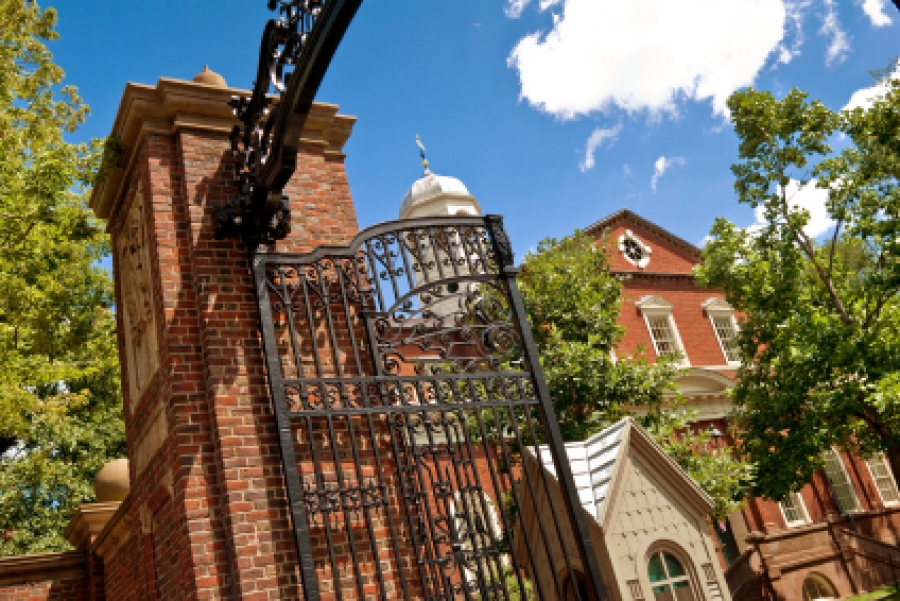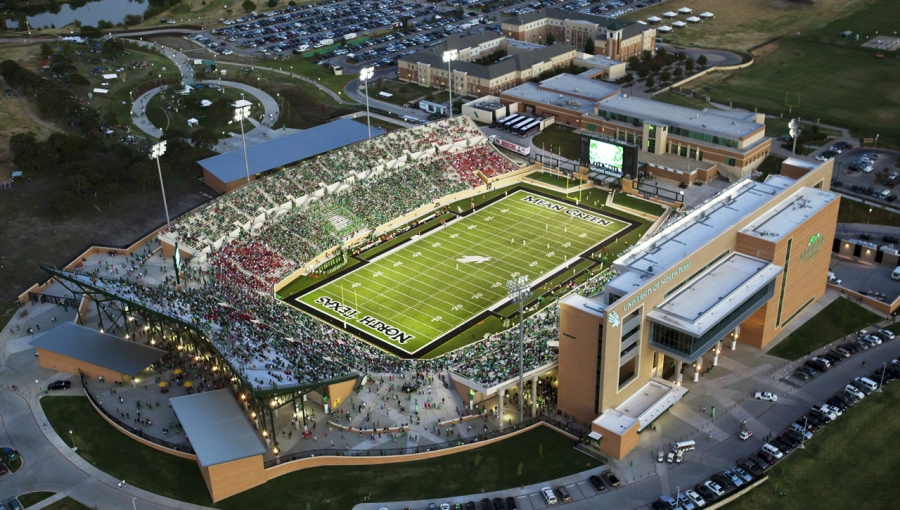Biophilia: Our Affinity for Nature Can Help Us to Transform Our Living Spaces
What is it that makes a person like a building? Beyond simple differences in individual taste, scientists are identifying biologically based responses that determine our preferences.
Green design can mean many things. Even the most structured green building rating systems reflect this fact. At their most encompassing, rating systems can include far reaching social and cultural goals; at their most pragmatic, these systems still emphasize the importance of environmental quality for the end user. However, this type of imprecise consideration is often overshadowed by components that are more measurable, such as energy-efficient heating and cooling systems or water usage.

However, there is no shortage of data on what makes for an improved environment, and one of the keys to making better buildings is, ironically, to make them more like nature.
Biophilia and the Built Environment
Harvard biologist E.O. Wilson first used the term "biophilia" in 1984. Literally translated, it means “love of life.” The essence of the concept is that people respond, at their deepest level, to the natural environment.
In the 1990s, a team of colleagues at the Rocky Mountain Institute conducted research that led them back around to the idea. “Real estate studies showed gains in worker productivity associated with daylighting,” says Bill Browning, one of the original team members and founder of Terrapin Bright Green. Although daylighting was the central focus of much of their research, explains Browning, the settings being studied were natural: “We began to look at the context leading to those gains in productivity.”
In her paper, “Biophilia, Health, and Well-Being,” the environmental and evolutionary psychologist Judith Heerwagen connects our affinity for nature to our hunter/gatherer roots. Heerwagen has devoted much of her career to identifying our most innate preferences and developing from that knowledge a basis for reworking our built environment.
How Can a Building Replicate Nature?
Incorporating the qualities of nature into a building can take place on various levels. The most basic way, of course, is to literally bring elements of landscaping indoors. Then there is what Browning refers to as “natural analogs,” such as paintings and artwork that represent nature. “In hospitals, surgical patients have been shown to benefit from art that depicts nature, as opposed to abstract art, which had a negative impact,” says Browning. He goes on to explain that even the use of natural materials, like stone and wood, can have a positive effect. Even when these materials are disconnected from their original context, humans can still "read" them.
Furthermore, it has been discovered that the very patterns and rhythms of nature elicit a response in humans. Heerwagen states:
Our fascination with nature is derived not just from natural elements, but also from the qualities and attributes of natural settings that people find particularly appealing and aesthetically pleasing… While living nature is always highly desirable, it is possible to design with the qualities and features of nature in mind, thereby creating a more naturally evocative space.
Heerwagen identifies aspects of nature, such as sunlight, clouds, grasses, and water, that move either with their own rhythms or with the wind. Browning says, “There is intriguing neuroscience research demonstrating that the brain responds to movements with fractal patterns. There are nested fractal patterns in the movement of waves, of fire – and we’re hardwired to pay attention.”
In addition to nature in the space and natural analogs, Browning says it is possible to leverage the human tendency to have preferred spatial patterns, and use the “nature of the space” to make a built form evoke feelings that would otherwise be associated with nature. Many cultures have ancient practices which address this – feng shui, for example. “These things can seem kind of mystical,” laughs Browning, “But there is some basis for it. In Western society, Jay Appleton in the 1960’s asked why we like some landscapes better than others.” Appleton’s answer was, in part, the theory of prospect and refuge. A prospect landscape pattern is one that is elevated with views; humans (and other animals) feel safest when they can see. The counterpart to prospect is refuge: a safe retreat, particularly one which is enclosed enough to protect the head and back. If designers can combine these two landscapes, explains Browning, “it is a really powerful pattern. For example, think of the elevated porch."
There is a fourth element which holds some appeal for humans, and, surprisingly, it is peril, or danger. Browning cautions that this must be used sparingly, but, when done properly, it can create interest. He offers the examples of a fountain with falling water, or the way the concrete railings of the Guggenheim Museum ramp are just a bit low.
Intuitive Design Elicits Intuitive Response
“Depending upon the researcher,” Browning says, “there are between six and sixteen patterns in the nature of the space. To do a strongly biophilic building, you need to weave these components in.” This effort might not even be obvious to a building’s end user. “What are the most loved buildings?” Browning asks. Biophilic underpinnings can often be identified in those buildings’ designs. Browning references architecture historian Grant Hildebrand of the University of Washington, who examined the popularity of Frank Lloyd Wright in his book The Wright Space: Pattern and Meaning in Frank Lloyd Wright’s Houses. “Why did people love his buildings so much? When a spatial analysis of 36 homes was performed, it was found that Wright used all of these patterns.”
Contemporary design has, in general, made strides toward including nature in the space by moving some landscaping features indoors. Architects and builders have also become sensitive to the importance of natural analogs, as can be seen by the widespread use of natural materials. It is a kind of ‘next-level thinking’ that must now be considered. Designers must acknowledge that humans naturally respond to some patterns better than others, and develop a method of incorporating these patterns, both in small scale elements and in overall building layout.

Kristin Dispenza
Kristin graduated from The Ohio State University in 1988 with a B.S. in architecture and a minor in English literature. Afterward, she moved to Seattle, Washington, and began to work as a freelance design journalist, having regular assignments with Seattle’s Daily Journal of Commerce.
After returning to Ohio in 1995, her freelance activities expanded to include writing for trade publications and websites, as well as other forms of electronic media. In 2011, Kristin became the managing editor for Buildipedia.com.
Kristin has been a features writer for Buildipedia.com since January 2010. Some of her articles include:




